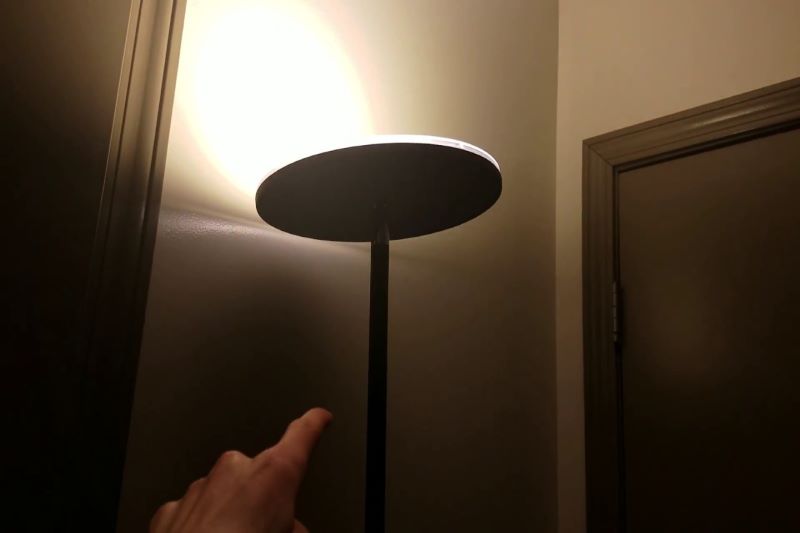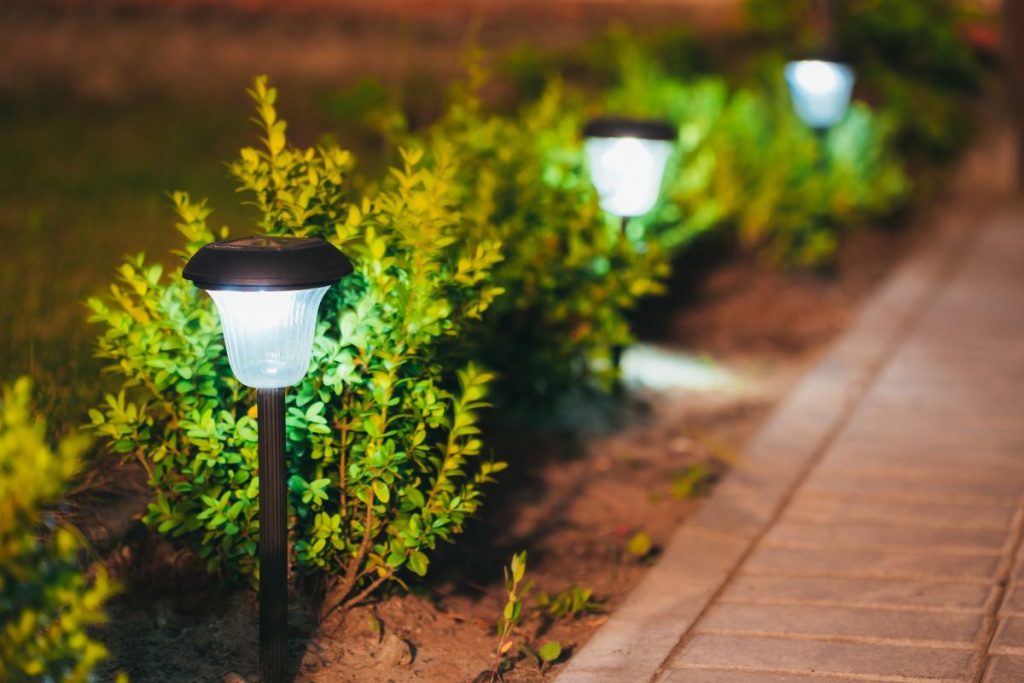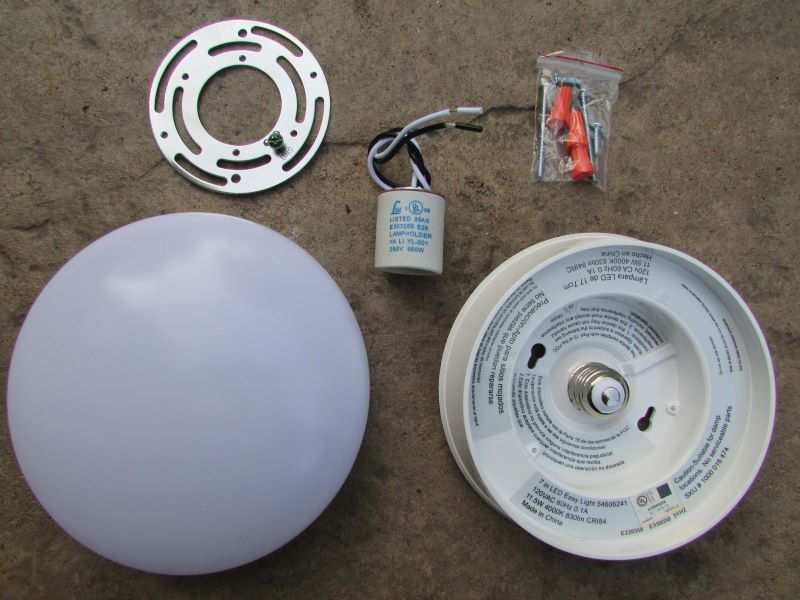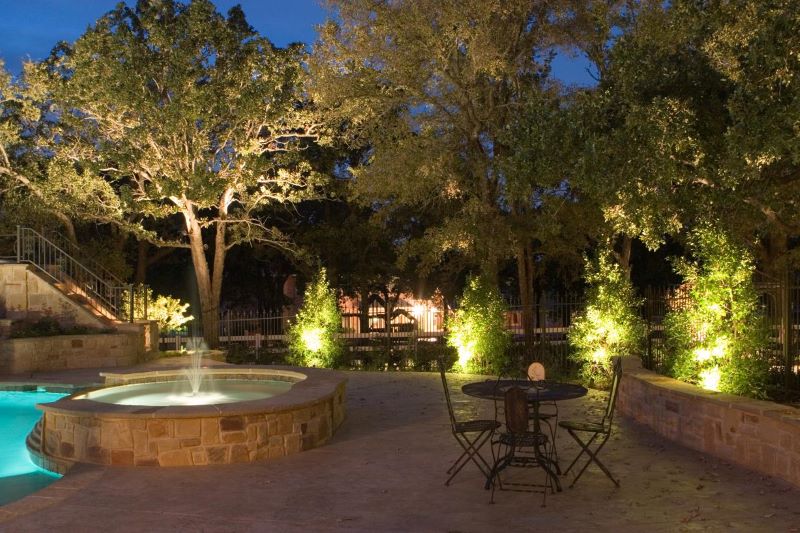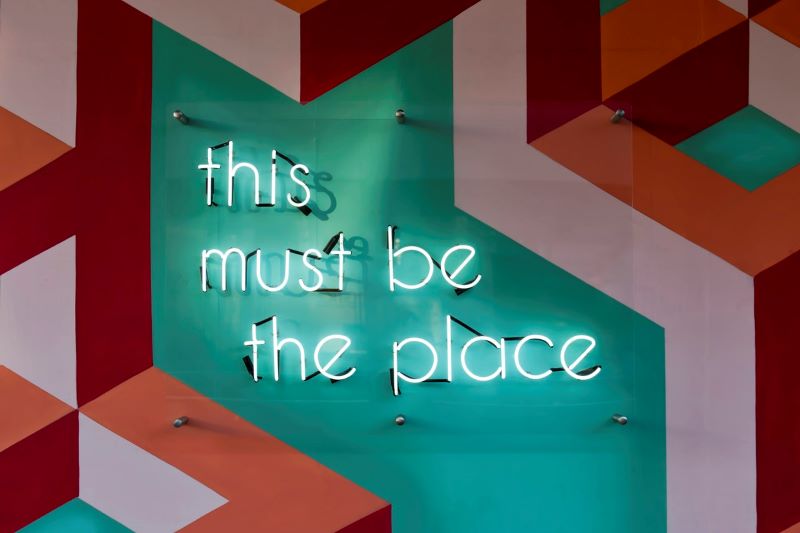Table of Contents
Renovating your home can easily cost you thousands of dollars or more. It can also take days, weeks, or even months to complete.
If you’re looking for a way to give your home a fast facelift that won’t break the bank, consider adding some ambient lighting using LED lights. You’d be surprised at how quick and easy it is to change the feel of a room with lighting.
Keep reading to learn more about how using LED mood lighting can help you transform any area of your home.
Ways to Use Ambient Lighting Around the House
Before we jump into how LED lighting can be installed, let’s look at three of the most common ways people use this lighting in their homes.
Task Lighting
This refers to lighting that is primarily functional and allows you to perform certain tasks. The best example of this is under-cupboard lighting in the kitchen that lights up the counter as you prepare food.
Mood Lighting
Mood lighting is designed to set a certain mood. Most often, this type of lighting is connected to a dimmer switch and uses different colors to quickly change the feel of a room based on the situation.
Accent Lights
Accent lights are used mainly for decorative purposes. These may be along certain walls to highlight pieces of artwork or even pieces of furniture.
They’re a great way to add indirect light to brighten up a room without adding too much light.
How to Install LED Strips
Now let’s get into the five steps needed to install LED strips. In most cases, you can tackle this project yourself though you may want to call in a professional if you want truly spectacular custom LED lighting systems.
1. Measure
The first step is to measure the length you’ll need. Remember you most likely won’t go all the way from one end to the other of an area, so leave a space at either end.
2. Cut
Cut the LED strip to the proper length using a pair of heavy-duty scissors.
3. Connect
The next thing you need to do is connect the strip to its power source. If you’re using a dimmer, connect this before plugging the power adapter into the dimmer. Otherwise, you can connect the LED strip directly to its power source.
4. Peel
On the back of the LED strip, there will be an adhesive beneath a paper backing. Peel off the backing and you’re ready to put it all into place.
5. Stick
Now all that’s left is to attach the LED strip into place. The adhesive works with most surfaces, but if you’re having trouble getting it to stick, you may need to find another way to attach it.
Want More Home Improvement Tips?
Now you know how you can create ambient lighting in your home by using LED strips. As you can see, it’s easy enough that anyone could do it and won’t cost you nearly as much as most lighting systems.
For more home improvement tips, be sure to keep reading our blog. We’ve got tons of information there to help you turn your house into your dream home, one project at a time.

